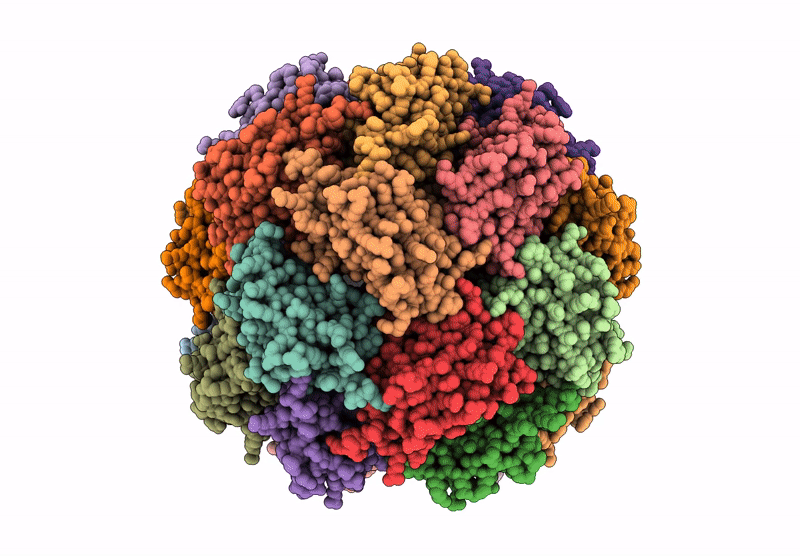
Deposition Date
2025-02-28
Release Date
2025-06-18
Last Version Date
2025-07-16
Entry Detail
PDB ID:
9M2P
Keywords:
Title:
Imidazole glycerol phosphate dehydratase from Mycobacterium tuberculosis, apo structure
Biological Source:
Source Organism:
Mycobacterium tuberculosis (Taxon ID: 1773)
Host Organism:
Method Details:
Experimental Method:
Resolution:
3.10 Å
Aggregation State:
PARTICLE
Reconstruction Method:
SINGLE PARTICLE


